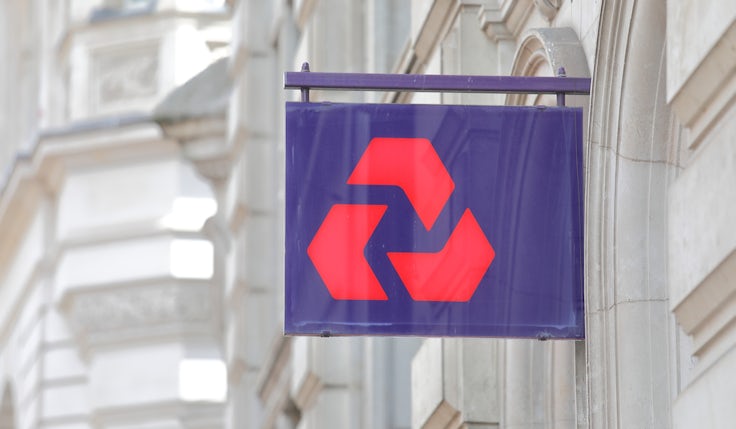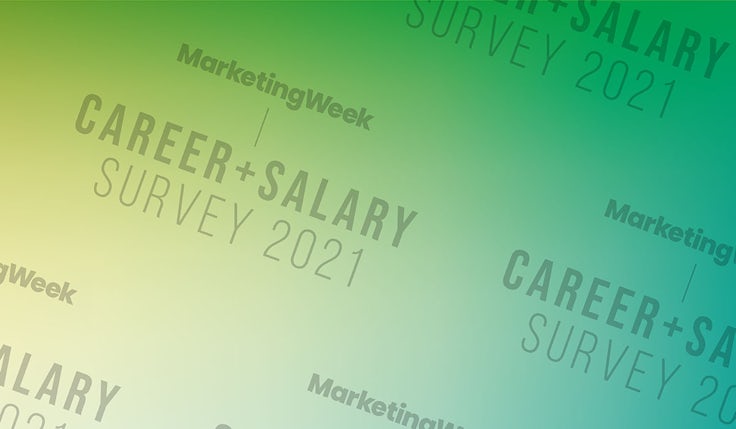Ad industry faces exodus of diverse talent if inclusion efforts aren’t improved
As the All In Census reveals a stark lack of inclusion in the industry, the Advertising Association has an action plan focused on improving the experience of black, disabled and working class employees.
 Nearly a third (32%) of black people working in advertising are likely to leave the industry due to a lack of inclusivity.
Nearly a third (32%) of black people working in advertising are likely to leave the industry due to a lack of inclusivity.
This opinion is shared by 27% of Asian respondents to the All In Census, launched earlier this year by the Advertising Association’s Inclusion Group. The inclusion group is chaired by ISBA and the IPA, and supported by brands including GSK, Shell, Channel 4 and ITV.
The first survey of its kind to reveal the makeup of the entire advertising workforce – from agencies and production companies to media owners and brand marketers – also reveals 32% of Muslim respondents, 27% of Hindus and 23% of Sikhs plan to leave the industry due to the lack of inclusivity. This figure drops to 10% among white employees.
Some 16,000 responses were received during the survey period in March, which the group estimates as representing just under 20% of the overall UK advertising workforce. Of those respondents, 16% were from ethnic minority backgrounds, compared to 12% of the UK working population.
We’ve got to get our house in order first, so we’re not recruiting into an industry where people will fall out because they’re not loving it or don’t feel they belong.
Sharon Lloyd Barnes, Advertising Association
Broken down further, black employees make up 3% of the industry, while 7% identify as Asian, both of which match the UK working age population. However, black representation in the C-suite drops to just 1%, rising to 3% for Asian employees.
At the same time, a significant number of respondents say they have experienced discrimination in the industry due to their race. Nearly a quarter (22%) of black respondents have experienced racial discrimination, alongside 15% of Asian respondents and 14% of ethnic minorities as a whole.
Of white respondents, just 1% say they have encountered racial discrimination.
Disabled talent and tenuous mental health
It’s a similar story for the industry’s disabled workforce, with 22% saying the industry’s lack of inclusivity is likely to drive them to pursue a career elsewhere.
However, disabled people are also under-represented, making up only 9% of the workforce, versus 20% of the UK working age population. That number falls to 6% at C-suite level.
Disabled employees also suffer the most from a mental health perspective, with more than half of respondents claiming to feel stressed or anxious.
Mental health has been identified as a problem across the entire workforce. Nearly a third (31%) of respondents reported feeling stressed and anxious, rising to 45% among LGBTQ+ employees.
Some 38% among those aged 25-34 feel stressed, alongside 21% of 45-54 year olds, as do 36% of women and 25% of men.
“What’s clear is that it isn’t about recruiting and it’s not about just ensuring that we have more and more diverse people coming into the industry,” Ad Association commercial director and inclusion lead, Sharon Lloyd Barnes, explains to Marketing Week.
“We’ve got to get our house in order first, so we’re not recruiting into an industry where people will fall out because they’re not loving it or don’t feel they belong.”
Women and the working class
On gender representation, the census found that 59% of respondents were women, while 41% were men. However, those statistics reverse at C-suite level, where 39% of women hold positions compared to 60% of men.
On top of that, over half (53%) of women who have taken parental leave feel it disadvantaged their career.
Meanwhile, the working class are significantly under-represented in the industry, making up just 19% of the workforce, compared to 39% of the national working population.
A fifth of the industry attended a fee-paying school, versus just 8% of the general population, while nearly three quarters of the industry are university graduates (72%), compared to 48% of the population.
On age, almost half (45%) of respondents were 25-34. That figure drops as age rises, with 15% of the workforce aged 45-54 and 4% aged 55-64. Just 1% are 65 or older.
The action plan
However, in positive news, 83% of participants believe their company is actively taking steps to be more inclusive, although the data suggests more needs to be done.
As such, the Inclusion Group has pinpointed key action areas for the industry to make progress on, including improving the experience of black talent through the adoption of the newly launched BRiM (Black Representation in Marketing) framework.
The group also suggests supporting disabled professionals with an immediate audit of websites across the industry to ensure full accessibility and encouraging talent from working class backgrounds.
Salary Survey 2021: Brand values and diversity commitments tested by the crisis
The group will be publishing a further series of actions later this year and has committed to updating the census with a new survey every two years.
In order to encourage “swift” action, the group has also produced a process for any company wishing to declare publicly that it is an ‘All In Company’. They will be asked to provide evidence of implementation across the three actions, in return for All In materials which can be used in company credentials.
Kathryn Jacob OBE, CEO of Pearl & Dean and chair of the Inclusion Group, says: “It is now time for action. Our census results have provided the benchmark data we need and the way forward is clear.
“We urge all companies in our industry to engage with the All In action plan to help make rapid progress on these critical areas. Everyone deserves a workplace where they feel included and it is in our power to make that happen now. The benefits, social and economic, will be huge as we build our way out of the pandemic.”







